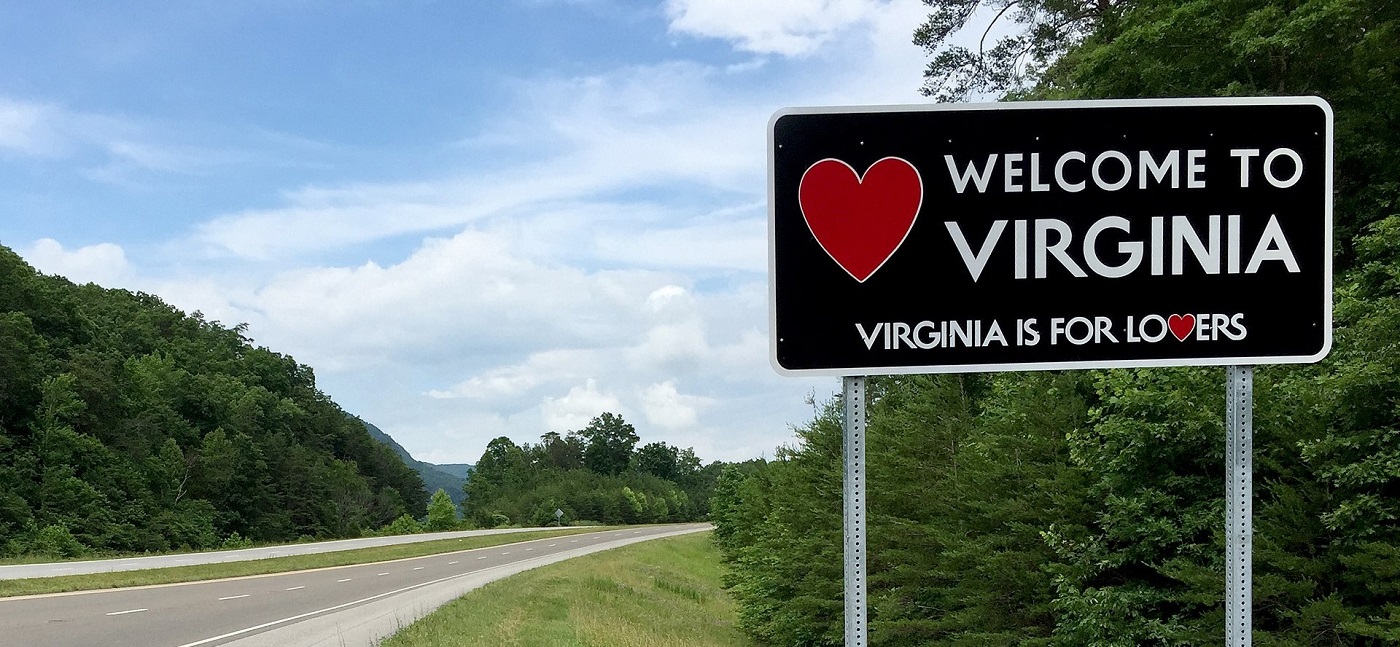Virginia: The Old Dominion
Virginia, sometimes known as the “Old Dominion,” is a historically rich and breathtakingly beautiful state. Virginia, which is in the Southeast of USA, has a varied terrain that includes the Blue Ridge Mountains and the Chesapeake Bay.
Historical Importance
Virginia was one of the original Thirteen Colonies, and its history began in those early colonial days. The first permanent English settlement in North America, Jamestown, was founded in Virginia in 1607. The state was a major player in the American Revolution, having been the site of several significant engagements fought inside its boundaries.
Colonial Williamsburg, a historic preservation area, offers visitors a glimpse into life in the 18th century. The city is home to restored buildings, costumed interpreters, and a variety of historical reenactments. Monticello, the home of Thomas Jefferson, and Mount Vernon, the home of George Washington, are also popular tourist destinations.
Geography and Climate
The varied topography provides a variety of temperatures and habitats, ranging from the Atlantic coast’s sandy beaches to the west’s rolling hills and wooded mountains. One of the world’s largest estuaries, the Chesapeake Bay, is located in the Tidewater region and is essential to the state’s ecology and economy.
Virginia experiences hot summers and mild winters, with a mainly humid subtropical climate. However, the state’s climate can vary greatly depending on elevation and proximity to water. The eastern lowlands have milder temperatures and more precipitation, whereas the Appalachian Mountains to the west are colder and have more snowfall.
Natural beauty
Virginia’s history and natural beauty are equally varied. Part of the Appalachian Mountains, the Blue Ridge Mountains provide breathtaking views and a variety of outdoor pursuits. In the mountains, hiking, camping, and fishing are common recreational activities. The breathtaking Skyline Drive and waterfalls of Shenandoah National Park, which is situated in the Blue Ridge Mountains, are its main draws. The Chesapeake bay is a well-liked location for boating, crabbing, and fishing. Popular coastal city Virginia Beach has a lively nightlife, magnificent beaches, and amusement parks.
Cultural Attractions
The State’s cultural scene is rich and diverse. The state capital, Richmond, has a strong arts and cultural scene. The state is home to numerous museums, theaters, and historical landmarks that celebrate its colonial heritage, role in the American Revolution, and the Civil War. Colonial Williamsburg offers a living history experience, where visitors can step back in time and experience life as it was in the 18th century. Among the most visited attractions in the city are the Edgar Allan Poe Museum and the Virginia Museum of Fine Arts.
The Nauticus National nautical Center is a museum devoted to nautical history located in the naval city of Norfolk. The Virginia Beach Boardwalk Art Show and Norfolk Harborfest are two of the city’s well-known celebrations.
Cuisine
Reflecting the state’s unique topography and history, Virginia cuisine is a fusion of Southern, Appalachian, and coastal influences. Chesapeake Bay oysters, peanuts, blue crabs, and Virginia ham are just a few examples of the regional ingredients you might find in traditional recipes. In addition to highlighting the state’s Appalachian heritage with cornbread and apple butter, Southern favorites like barbecue, fried chicken, and Brunswick stew are abundant. An increasing number of wineries, cideries, and craft breweries are opening up, and farm-to-table dining is facilitated by Virginia’s abundant agricultural produce. The state is also known for its Smithfield ham, a delicacy cured in a specific region, and peanut-based dishes, celebrating the state’s role as a leading peanut producer.

Education
The State’s renowned universities and robust public school system serve as the cornerstones of the state’s educational landscape. Among the oldest universities in the nation, the College of William & Mary, and the University of Virginia, both founded by Thomas Jefferson, are nationally renowned universities located in the state. George Mason University and Virginia Tech, which is well-known for its engineering departments, are also noteworthy. The state makes investments in K–12 education, putting a focus on STEM and getting kids ready for both college and the working world. The dedication to academic achievement, historical legacy, and creativity in educating the next generation is evident in Virginia’s educational system.
Economy
Since the colonial era, Virginia’s economy has seen tremendous change. The State’s early economy was centered on agriculture, especially tobacco and cotton, but today’s Virginia is diverse, with industries tied to the military, government, and technology driving its economy. Northern Virginia has become a center for defense contractors, federal agencies, and technology enterprises due to its close proximity to Washington, D.C. This area is a vital hub for national security because it houses the Pentagon and many businesses that supply services to the US government.
The state’s agricultural industry is likewise booming, however it has moved away from tobacco. Farmers in Virginia now raise cattle, corn, soybeans, and peanuts. The wine sector in the state has expanded tremendously as well, and Virginia is now known for producing high-quality wines.
Another significant industry in the State’s economy is tourism. Millions of tourists visit historic sites like Monticello, Mount Vernon, and Colonial Williamsburg every year. Travelers from all over the nation are also drawn to the Shenandoah Valley’s natural splendor, the Blue Ridge Parkway, and Virginia Beach’s beaches.
Conclusion
In summary, Virginia is a historical, cultural, and scenically beautiful state. The State has remained important on the national and international arenas, from its crucial part in the creation of the United States to its current relevance in politics, technology, and education. It is a distinctive and dynamic region of the nation because of its varied landscapes, which include mountains and coastlines, as well as a fusion of traditional and modern elements. The legendary past of the State continues to have an impact on its future.
